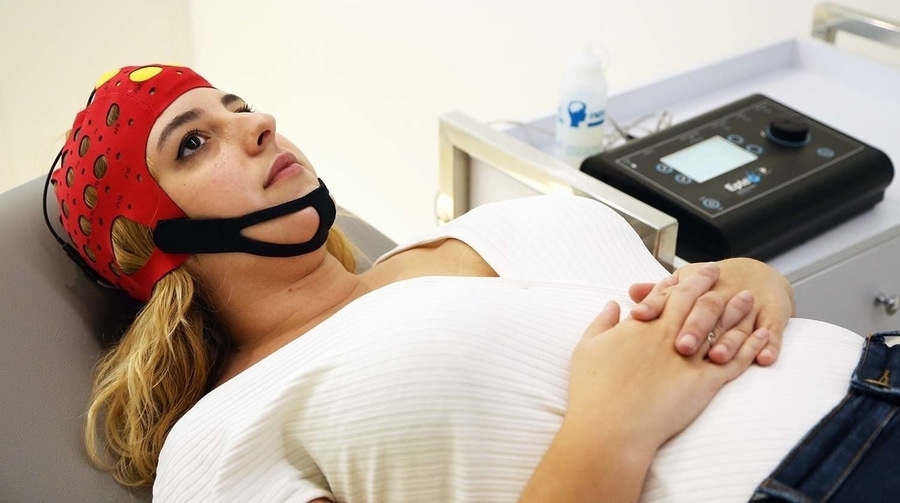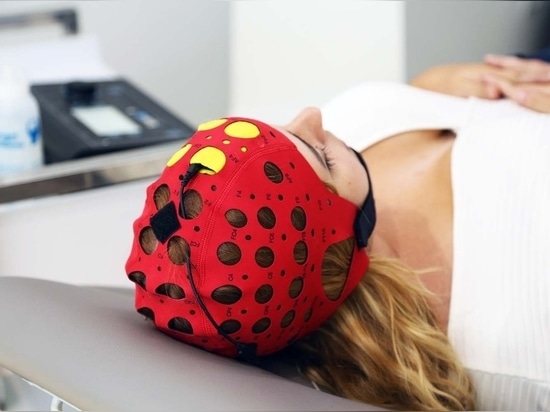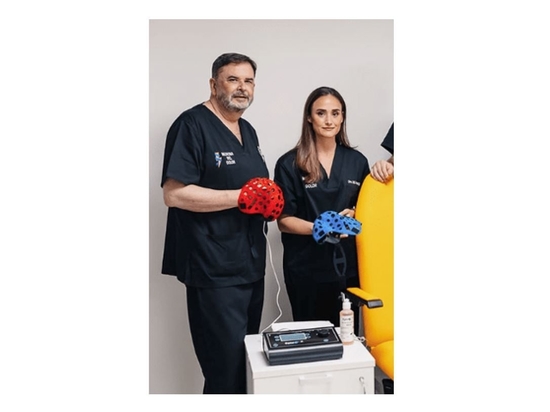
#Product Trends
Meet the EPTE Bipolar tDCS
Your new device for non-invasive brain neuromodulation
Until a few years ago, it was believed that the recovery and learning process of the brain stopped upon reaching adulthood. Today there is great scientific evidence and neuroimaging techniques that have managed to change the concept that the brain can only be modified in childhood or adolescence, it is flexible and modifiable also during adulthood and even in situations of brain injury.
The EPTE Bipolar tDCS allows health professionals to apply the transcranial direct current stimulation technique. This technique consists of the application of very low intensity electrical currents that are administered in certain areas of the brain, depending on the pathology to be treated, through the use of electrodes that are placed on the scalp. All the investigations conclude that the current passing generates a change in the membrane potential of the cortical neurons where the energy passes, producing an increase or decrease in said membrane potential depending on the anodic or cathodic effects of the electrodes.
The tDCS and its use in neurorehabilitation is increasing in a number of specialties such as neurology, pain treatment, psychology, psychiatry, physiotherapy, among others. It is a growing field of knowledge and well supported by scientific research, positioning itself as an effective alternative to multiple conditions. Being able to non-invasively stimulate the brain is undoubtedly a revolution in the field of neurorehabilitation.
The EPTE Bipolar tDCS has been designed to become the safest device for the application of this technique, as it continuously measures the tissue resistance to allways apply the optimal treatment load chosen. It is also possible also to select the electrode size so the device can calculate the maximum intensity allowed for that measure and avoid burnings or wrong applications of the treatment.
Neuroplasticity allows neurons to regenerate both anatomically and functionally and to form new synaptic connections. Cerebral neuroplasticity represents the ability of the brain to regenerate and restructure itself. This adaptability of the nervous system makes it possible for the brain to recover from disorders or injuries and to be able to reduce the effects produced by pathologies, and it is vital for health professionals to work in this area in a safe and effective way.






